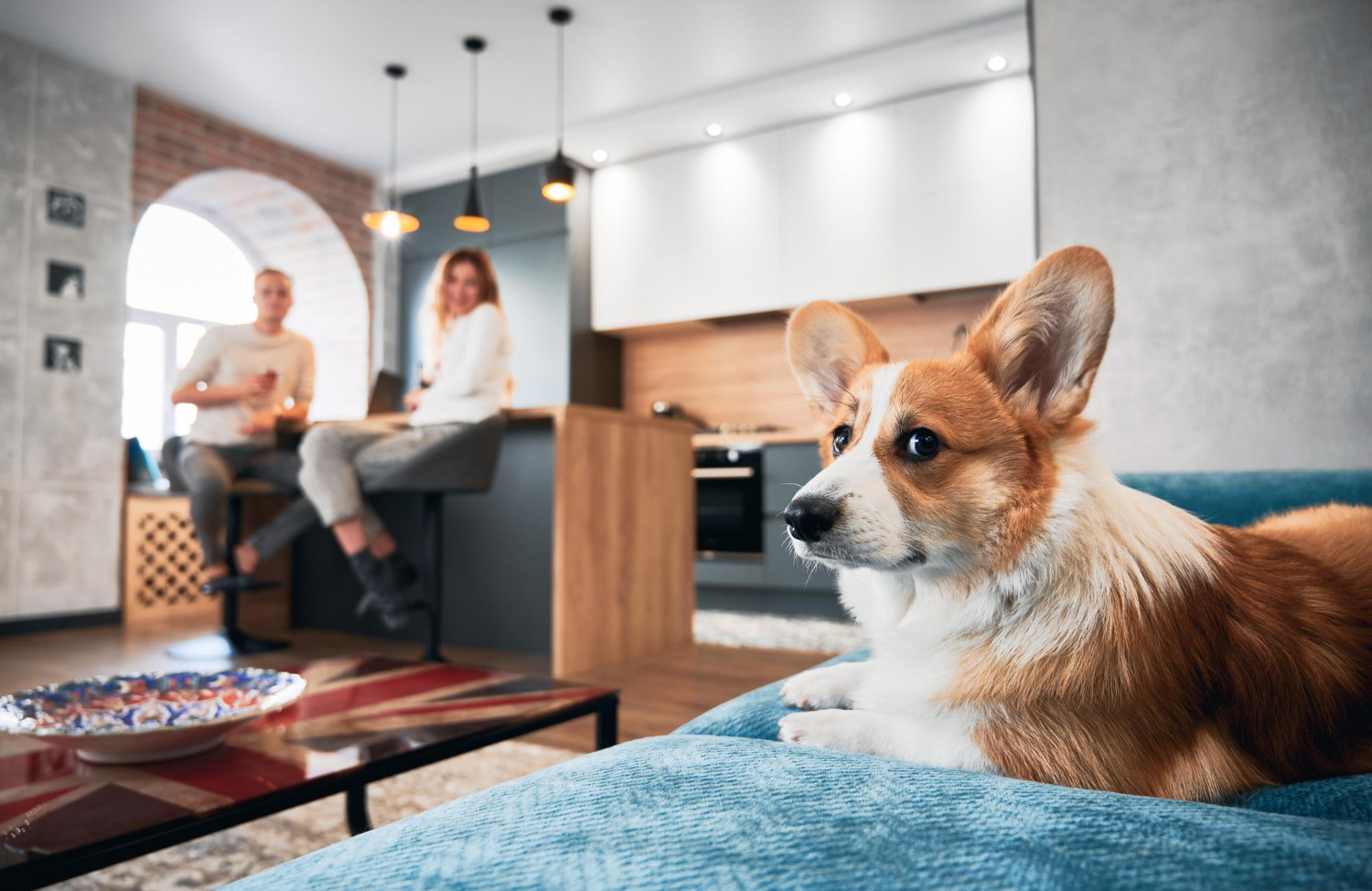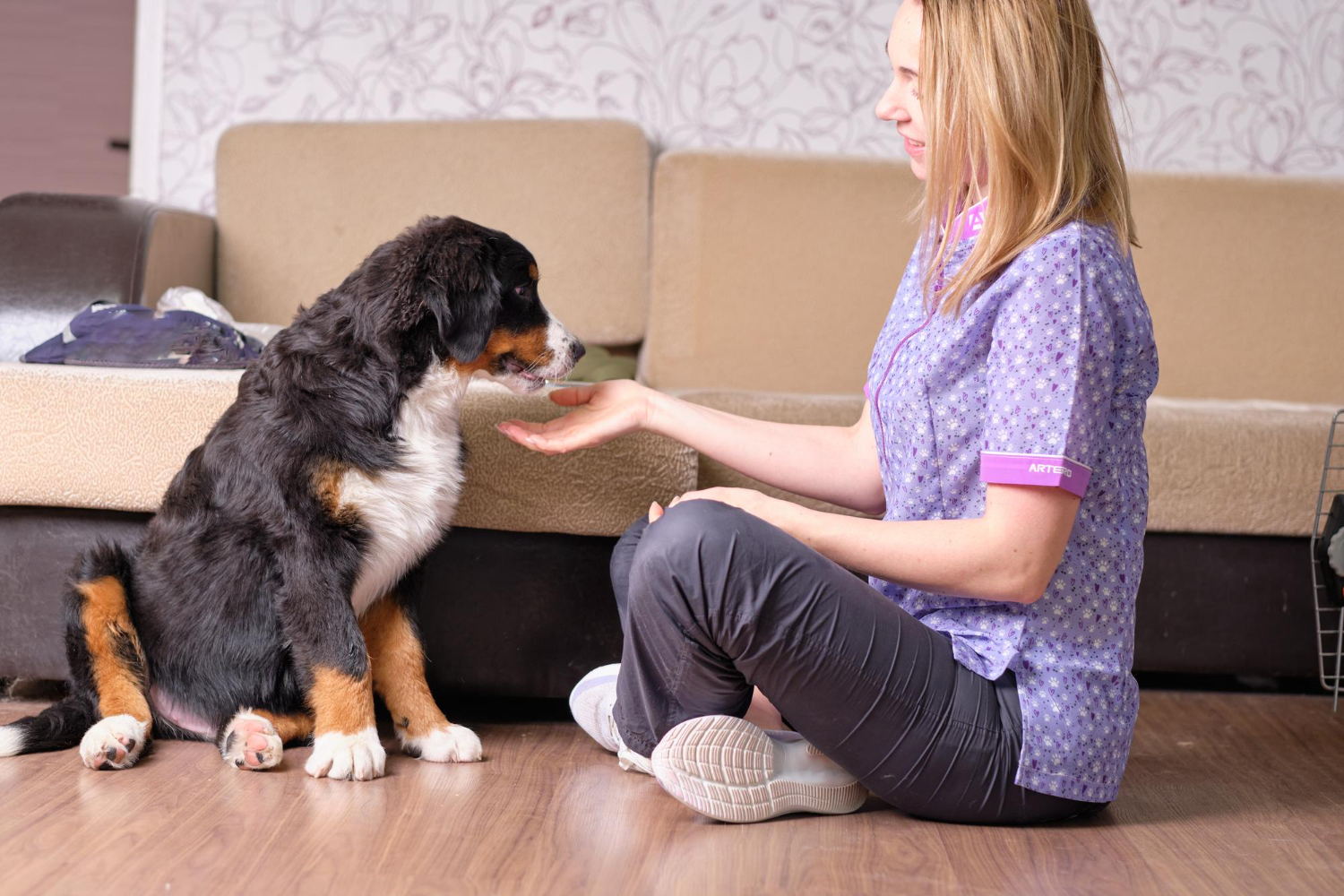The prospect of moving can be exhilarating, filled with the promise of new beginnings and fresh starts. However, for our four-legged companions, especially cats and dogs, the upheaval can be bewildering and stressful. In this comprehensive guide to pet-friendly moves, we’ll delve deeper into understanding the emotional rollercoaster our pets experience and explore practical strategies to make the transition as seamless as possible.
Understanding the Pet Perspective

Before embarking on the logistics of a pet-friendly move, it’s essential to step into the paws of your furry friend. Imagine your cozy haven transforming overnight—the familiar sights, sounds, and smells replaced by an unfamiliar cacophony. It’s akin to a dog finding themselves in a strange yard without a trusty squirrel to chase or a cat navigating an alien landscape without their favorite sunspot.
How to Decode Pet Stress?
Deciphering your pet’s stress signals is crucial for ensuring their well-being during the tumultuous period of relocation. Dogs might display excessive licking, scratching, or even hiding, while cats might retreat to unusual corners or exhibit changes in appetite. Recognizing these signs early allows for targeted interventions.
Behavioral Indicators of Stress:
-
Excessive Grooming: Frequent licking or scratching.
-
Hiding: Seeking shelter in unusual places.
-
Loss of Appetite: Refusing favorite treats or meals.
-
Aggression: Uncharacteristic growling or snapping.
Understanding your pet’s unique stress cues empowers you to address their needs proactively, setting the stage for a smoother transition.
Preparing Your Pet for the Move

Transitioning to a new home is a multi-faceted process, and preparing your pet for the journey is a crucial step.
Familiarity Amidst Chaos
1. Gradual Introductions to Packing
Packing is a peculiar affair in the eyes of a pet. The sudden appearance of cardboard boxes and the disappearance of familiar items can be disconcerting. To mitigate this, start the packing process gradually. Let your pets observe the boxes and become accustomed to the changing environment.
2. Keep Essentials Accessible
Pets have their essentials—favorite toys, cozy beds, and the almighty food bowl. Pack these items last and unpack them first in your new home. This strategic move helps create a familiar space amidst the novel surroundings, offering your pets a comforting anchor.
3. The Power of Familiar Scents
A clever trick to ease your pet into the transition is to gather items that carry the scent of your current home. Blankets, cushions, or even a worn T-shirt can be infused with the familiar fragrance of your old abode. Introducing these scents to the new space can provide a sense of continuity and security for your pets.
Navigating Moving Day
Moving day itself is often a whirlwind of activity, with movers bustling about and the front door swinging open and closed. How do you ensure your pets remain calm amidst the organized chaos?
Calm in the Storm
1. Designate a Safe Haven
Creating a designated space away from the chaos is crucial. Whether it’s a spare room or a quiet corner, this safe haven should be equipped with your pet’s bed, toys, and water bowl. It acts as a refuge, shielding them from the commotion.
2. Arrange Pet-sitting Assistance
If possible, enlist the help of a friend or family member to pet-sit on moving day. This ensures your pets remain blissfully unaware of the upheaval, sparing them unnecessary stress. A familiar face provides a sense of security amidst the unfamiliarity.
3. Tranquil Tunes and Familiar Faces
To drown out the unfamiliar noises of the moving process, play soft, calming music. This auditory buffer can help soothe your pets. Additionally, having familiar faces around, like a friend or neighbor, can provide an extra layer of comfort.
Settling into the New Digs

Congratulations, you’ve successfully navigated moving day with your sanity (mostly) intact. Now comes the task of helping your pets acclimate to their new surroundings.
The Art of Acclimatization
1. Gradual Exploration
Allow your pets to explore their new home at their own pace. Don’t force them into unfamiliar rooms; instead, let curiosity guide them. This gradual approach helps in preventing overwhelming anxiety.
2. Familiarize with Local Vets
One of the first things on your post-move checklist should be locating a trustworthy veterinarian in your new neighborhood. This is crucial for emergencies and routine check-ups. Knowing you have a reliable vet can alleviate stress for both you and your pet.
3. Re-establish Routines
Pets thrive on routines, and re-establishing their feeding, walking, and playtime schedules as soon as possible is paramount. This routine provides them with a sense of stability in the midst of change, reinforcing that, despite the new surroundings, some things remain constant.
Wrapping Up: A Happy Tail
Ensuring a smooth transition for your furry friends during a move involves a delicate dance of understanding, patience, and proactive measures. From the initial stages of packing to the final settling in, a pet-friendly move is a testament to the unique bond between humans and their animal companions.
In the grand scheme of things, a move is but a temporary upheaval in the life of a pet. With your love, attention, and a keen understanding of their needs, you can transform this potentially stressful experience into a grand adventure—a tale your pet will remember with a wagging tail and a purr of contentment. After all, isn’t that what every pet owner dreams of—a happy tail?
Frequently Asked Questions (FAQs)
Q: How can I tell if my pet is stressed during a move?
A: Pets express stress in various ways. Watch for signs such as excessive grooming, hiding, loss of appetite, or uncharacteristic aggression. Understanding your pet’s behavior is crucial for timely intervention.
Q: What’s the best way to introduce packing to my pet?
A: Gradual introductions work wonders. Let your pet observe the packing process over time, making it less of a sudden upheaval. Pack their essentials last and unpack them first in the new home.
Q: How do I create a safe haven for my pet on moving day?
A: Designate a quiet space equipped with their bed, toys, and water bowl. Alternatively, consider arranging pet-sitting assistance with a friend or family member to keep them away from the chaos.
Q: Any tips for helping my pet acclimate to the new home?
A: Allow gradual exploration of the new space, familiarize them with local vets, and swiftly re-establish routines. Consistency is key in providing a sense of stability for your pets during this transition.
Q: What should I do if my pet shows signs of stress post-move?
A: Give them time and extra attention. Reintroduce familiar scents, stick to routines, and monitor their behavior. If stress persists, consult a vet for professional advice on alleviating your pet’s anxiety.

